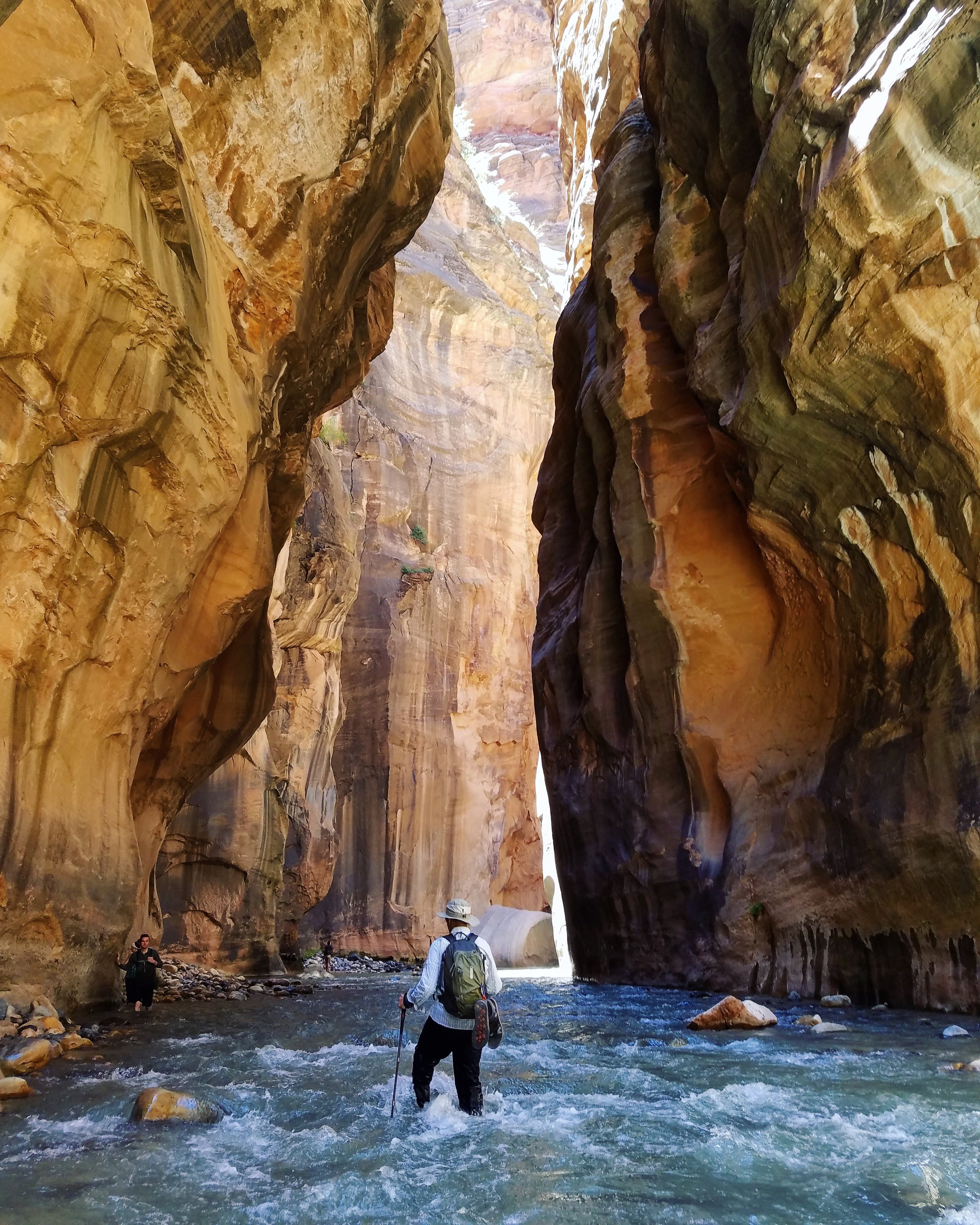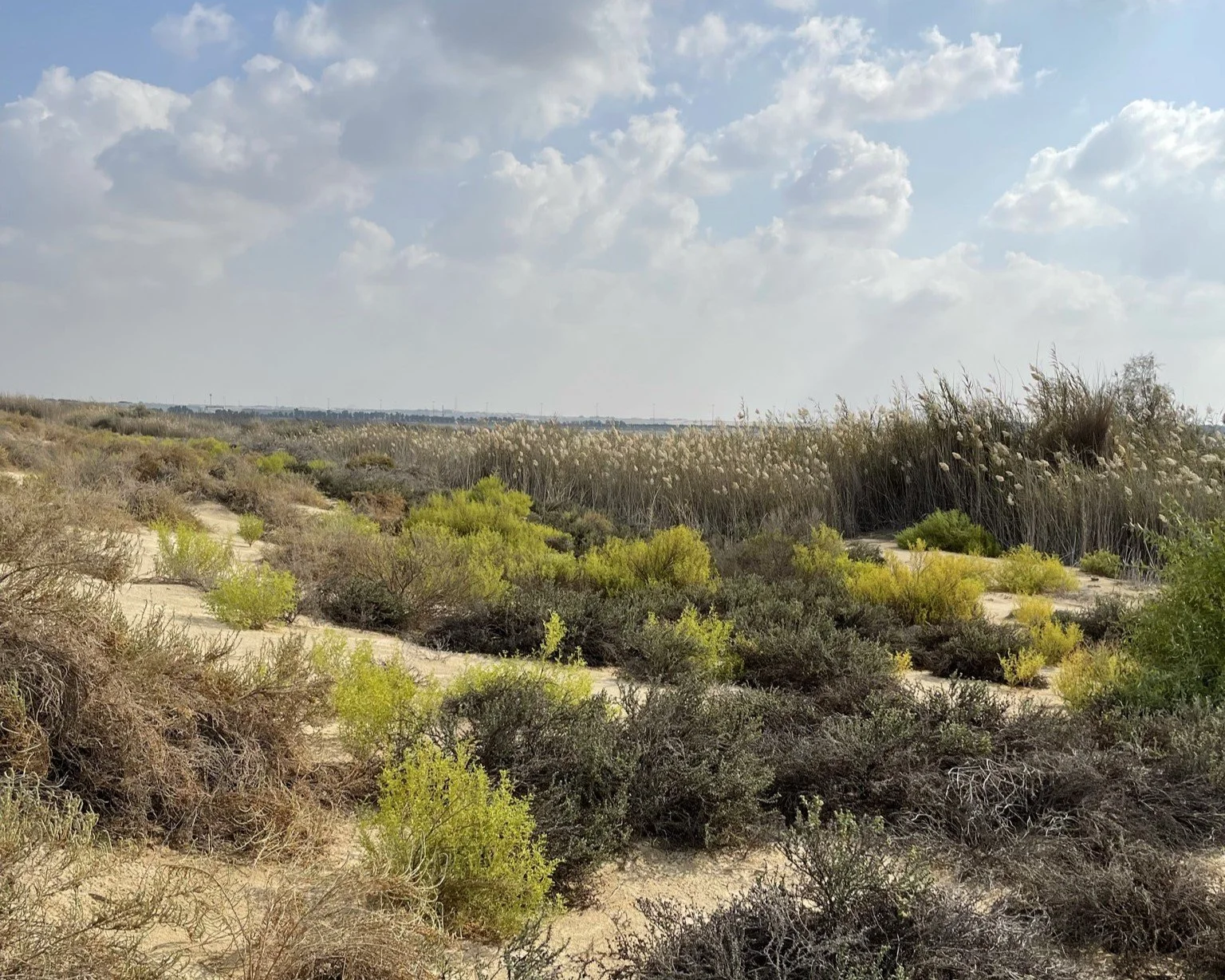Backpacking Overview

BACKPACKING OVERVIEW
KNOW
Know why you’re backpacking
For some there’s a desire to try a new experience, some are driven to check-off a bucket-list item, some just want to be immersed in nature away from the usual. Knowing why you want to backpack is important in what kind of trip you plan and how you prepare. For example, if seeing plants and wildlife is a big part of why you venture out into the woods, then your route selection, itinerary, and gear will allow for it.
What are your expectations?
While anything can happen in the outdoors, it’s important for your expectations to be relatively in line with the trip you’re planning. Backpacking is on the Fun Scale generally somewhere between a Type I and Type II, which means it may not be all fun while you’re doing it, but in retrospect it’s a positive experience. Knowing what you like and dislike are also key elements of planning a backpacking trip. If you absolutely despise being hot, sticky, and being a mosquito’s dinner - then avoid the summer months or pick an area with an agreeable climate.
Know your abilities
Backpacking is a highly rewarding activity and it’s also one where it can be easy to get carried away. Hopefully, you’re building on good experiences that keep you coming back out into the wild – but know what you’re capable of. We all have our own physical capabilities and skills levels that determine the type of backpacking experiences that will ensure we’re safe and having fun.
You might ask, “well what if I want to push my limits?” That’s the right attitude, but it requires consciously building your physical capabilities (in a safe environment) and practicing the skills you need to take you to that next level.
PLAN
Location and Route Selection
Now that you have an idea of what your backpacking preferences, expectations, and abilities are, you can select a location and route that align. There are numerous maps and guidebooks that can help inform some of the key considerations:
- Time, distance, and elevation
- Type of Trail (Loop, out-and-back, point-to-point)
- Water sources, camping areas, and points of interest
- Weather Forecast
- Safety and Hazards
- Passes, Permits, and Regulations
Safety and Hazard Planning
Once you’ve settled on a location and route, think through your plan to identify what you need to do to ensure it’s a safe and enjoyable trip.
- Know the risks and hazards (terrain, weather, wildlife, etc.)
- Be equipped (the proper gear, first aid kit, water, navigation)
- Know your help options (friends, ranger stations, emergency services)
- Let someone know of your plan
PREPARE
The Right Gear
OK, so you have thought about what kind of trip you’re planning and what you’ll need to prepare for, now it’s time to pack! When packing your gear and supplies, think about the systems that you’ll need to operate comfortably in the backcountry. A system would be a core set of gear you need to accomplish a major task while backpacking including what you need to comfortably carry, store, and protect it. It all starts with a backpack that meets the needs of your trip and accommodate your:
- shelter system
- clothing system
- health and safety system
- sanitation system
- food system
- hydration/ water system
- tools system
Prepare physically
You’ve got your plan, you’ve got your gear, now make sure that you’re physically prepared for your backcountry trip. Begin by doing some day hiking or walking on uneven surfaces. Gradually increase the length and elevation of your walks. Regular stretching prior to your trip will help you handle the extra weight you’ll be carrying and reduce your chance of injury on the trail.
ENJOY
Leave No Trace and Trail Etiquette
Respect the wilderness. These spaces are to be protected and preserved so that we don’t disturb the delicate balance of nature and are able to continue to enjoy its beauty. Leave No Trace is built on seven core principles that are used to communicate the best available minimum impact guidance for enjoying the outdoors responsibly.
- Plan Ahead and Prepare
- Travel and Camp on Durable Surfaces
- Dispose of Waste Properly
- Leave What You Find
- Minimize Campfire Impacts
- Respect Wildlife
- Be Considerate of Other Visitors
While in the backcountry you may meet other people. Be courteous of your surroundings including keeping noise to a minimum and yielding on the trail:
- Hikers going uphill have the right of way
- Bikers should yield to hikers
- Hikers and Bikers should yield to horses
Situational Awareness
While in the backcountry it is important to always be aware of your surroundings. Keep an eye out for changes in the weather, note where you saw a road, source of water or a place to take shelter in case of emergency. Be aware of your best and worst options; for example, during lightening avoid the high ridges where there is less likely to be tree cover but avoid thick tree cover in high wind situations where falling branches pose a risk.
I am an avid hiker and amateur naturalist. I hike to satisfy that persistent curiosity of what of nature’s wonders lies just beyond the next bend.





